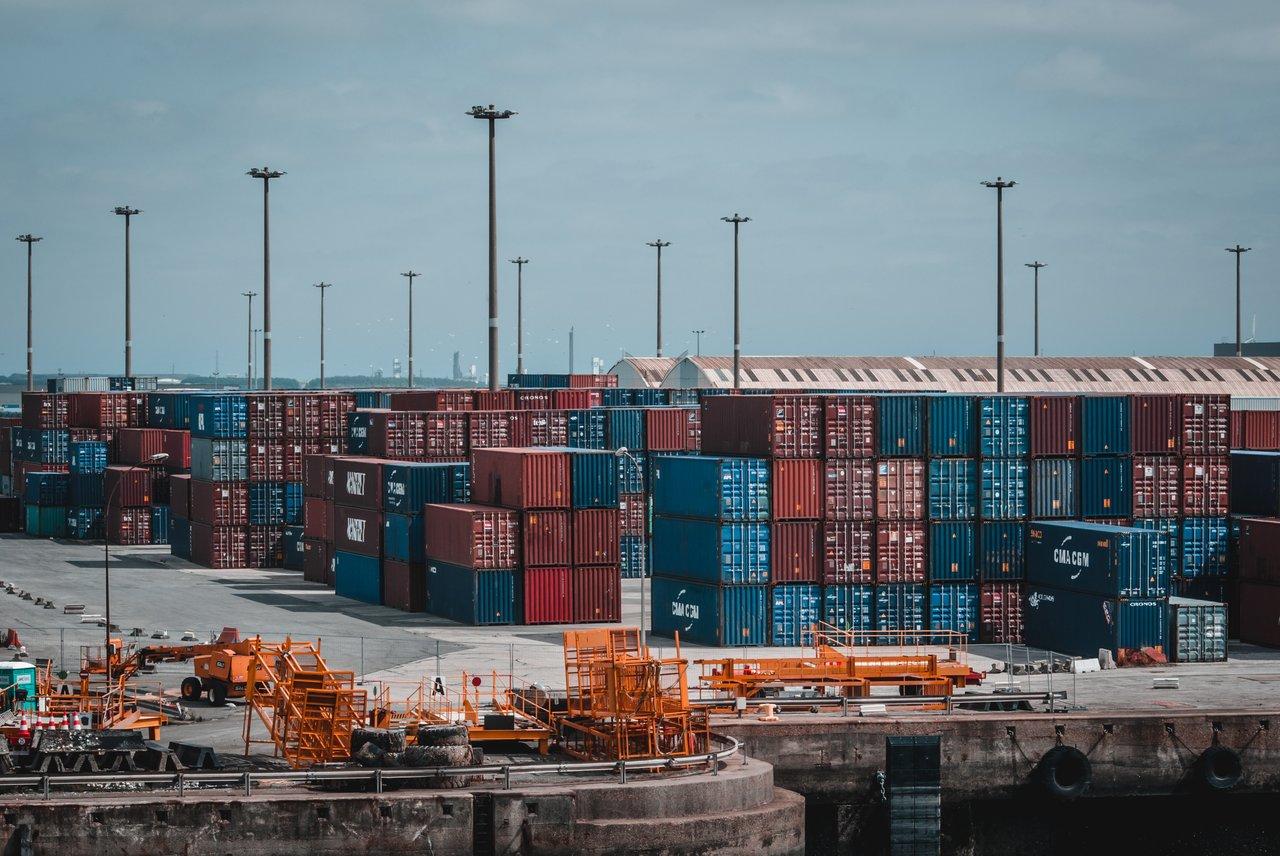The thorns behind the rosy promises of trans-pacific trade pact
The withdrawal of the US from the original TPP is just one consideration for Malaysia before it decides to ratify the CPTPP or not.
Just In
A debate is brewing on whether the new trans-pacific trade pact will have more negative effects than benefits for Malaysia in the wake of the Covid-19 pandemic which has wreaked havoc on the economic, social and health fronts.
The impetus for the Trans-Pacific Partnership (TPP), the precursor to the Comprehensive and Progressive Agreement for Trans-Pacific Partnership (CPTPP), was a 2005 trade pact between a small group of Pacific Rim countries: Brunei, Chile, New Zealand and Singapore.
In 2008, then-president George W Bush announced that the US would open trade talks with this group, leading Australia, Vietnam and Peru to join as well.
As talks progressed, the collective expanded to include Canada, Japan, Malaysia and Mexico, taking the total to 12 countries.
However, the deal was never ratified by the US Congress, and President Donald Trump formally withdrew from the TPP on his first full day in office in January 2017.
With the US’ withdrawal, the agreement morphed into the CPTPP. While much of the CPTPP remains unchanged, there are several notable differences, the most substantive of which concerns intellectual property.
In TPP negotiations, Washington pushed for longer copyright terms, automatic patent extensions, and protection for new technologies including biologics – a cutting-edge medical technology.
When opposed by other participants, these provisions were removed from the CPTPP although aspects such as investor-state dispute settlement (ISDS) provisions remained.
But CPTPP members say the provisions have only been suspended, a distinction intended to signal that they could be reinstated if the US decides to rejoin.
Democratic presidential candidate Joe Biden has stated that he would consider US participation if the terms are revised while stressing the importance of the US writing the rules on trade.
‘No gain without US’
According to economist KS Jomo, though, any real trade gains from the original TPP have been reduced with the withdrawal of the US.
“Without the US market, the TPP’s supposed benefits largely disappear,” he said in a recent email commentary.
Malaysia’s merchandise imports have been outpacing exports for the last 10 years. Trade balance went from US$34 billion in 2010 to US$23 billion in 2015 and US$22.6 billion in 2017.
If Malaysia ratifies the CPTPP without participation from the US, this scenario is likely to continue. The US, as the largest trading partner for CPTPP countries, held the maximum weight in terms of economic gains and losses for partner nations.
“Without the US market, the TPP’s supposed benefits largely disappear.”
Exports to CPTPP partners would increase only marginally as agreements are already in place with top export destinations such as Japan, Singapore and Australia which account for approximately 84% of exports to CPTPP members.
Jomo warned that provisions such as IPRs and ISDS would fetter the economic “catch-up” prospects of developing countries.
This is as strengthened IPRs would further limit technology transfer, in addition to raising the cost of medication and technologies.
The CPTPP would also involve considerable regulatory changes for partner countries which in turn would lead to huge short-term adjustment costs – an aspect often ignored by policymakers and researchers.
Malaysia’s current tariffs are relatively low, thus any further trade agreements would not see a substantial boost to exports. However, within these pacts, Malaysia has a sensitive list whereby its tariffs are not as low vis-a-vis in these countries.
Any new trade agreement could imply a reduction of tariffs on these goods, causing a rise in imports of products such as vehicles and plastics.
In comparison with other CPTPP countries, meanwhile, Malaysia’s import tariffs are much higher. This means that tariff revenue loss if Malaysia ratifies the CPTPP will also be higher, at around US$1.6 billion per year.
Of this, 28% will be from the removal of duties on vehicles, plastics and articles thereof, as well as machinery and mechanical appliances.
Economic growth or wishful thinking?
Jomo said a “wishful thinking” had emerged – a belief that the CPTPP would somehow enhance the country’s economic growth and progress.
On the contrary, he said, the pact would commit Malaysia to further trade liberalisation, accelerating deindustrialisation while constraining the growth of modern services, development finance and policy space.
Nevertheless, trade pacts are still regarded by local lobbyists as favourable.
Those who take this stand assume the conventional view that such deals would bring the country closer to free trade by reducing the transaction costs associated with regulatory differences or explicit protectionism.
It is true that these deals might result in freer, mutually beneficial trade through the exchange of market access.
But it is also possible that they will produce purely redistributive outcomes under the guise of freer trade.
Subscribe to our newsletter
To be updated with all the latest news and analyses daily.


